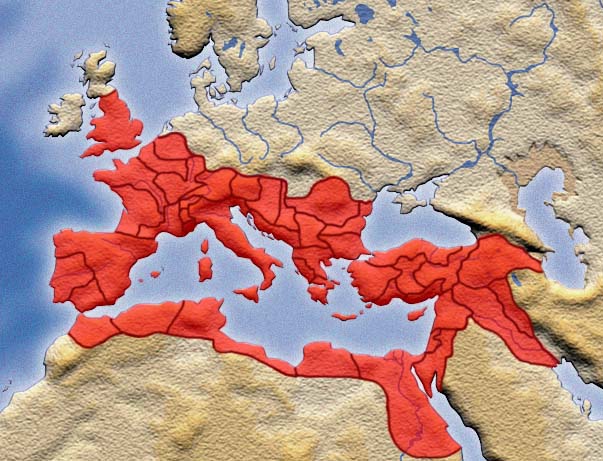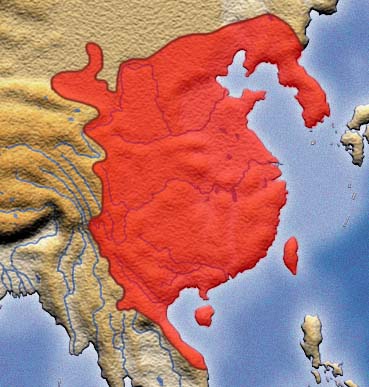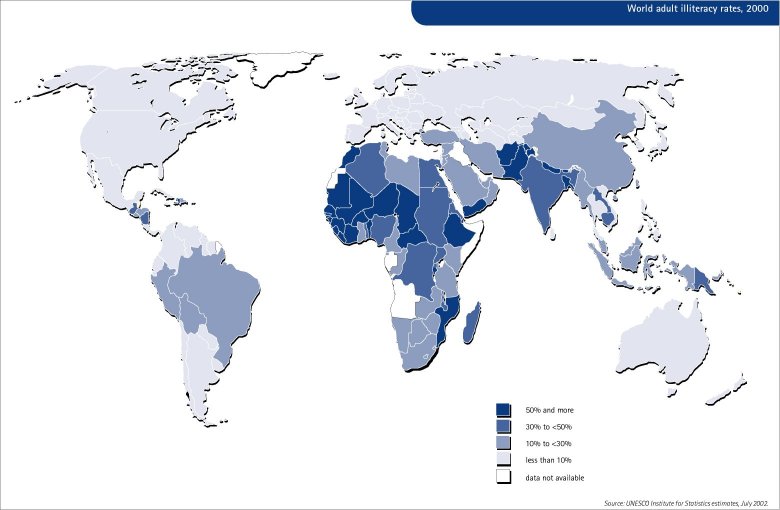
Similarities of Mediterranean and Chinese histories
|
Events in both regions |
Dates in Mediterranean |
Dates in China |
|||||||||||
|
bold type below indicates a World Leadership Center |
|||||||||||||
|
Irrigation boosts agriculture, population growth |
4000 BC |
Sumer, Egypt |
2000 BC |
Yellow river |
|||||||||
|
Upriver groups conquer more civilized peoples |
3000 BC |
Upper/ lower Egypt |
1100 BC |
Chou vs Shang |
|||||||||
|
2300 BC |
Akkad vs Sumer |
||||||||||||
|
Political philosophers arise |
500 BC |
Socrates, Plato |
550 BC |
Confucius, Lao-tzu |
|||||||||
|
Warring states |
400-200BC |
Greece , Carthage, Rome |
700-200BC |
Ch'in, Ch'u, Wei |
|||||||||
|
One large empire in the area |
200BC-380AD |
Roman Empire |
200BC-200AD |
Han Empire |
|||||||||
|
A new religion becomes dominant |
325 AD |
Christianity |
450 AD |
Buddhism |
|||||||||
|
Dark Age |
380 - 470 |
Germanic tribes overrun borders |
200 - 590 |
feuding nobles |
|||||||||
|
Revival of empire's strength |
470 - 590 |
Roman-Byzantine conquests |
590 - 760 |
Tang Dynasty |
|||||||||
|
A second weakening of the empire |
590 - 950 |
Europe's Middle Ages |
760 - 960 |
feuding nobles |
|||||||||
|
Final glory of the medieval empire |
950 - 1070 |
late Byzantine empire |
960 - 1280 |
Sung Dynasty |
|||||||||
|
Empire conquered by central Asian nomads |
1453 |
Turks take Constantinople |
1280 - 1370 |
Yuan (Mongol) Dynasty |
|||||||||
|
After 1400, there is little similarity in the histories of the Mediterranean and China |
|||||||||||||
|
1400-1800 |
Renaissance in Europe |
1400-1800 |
stagnation in China |
||||||||||
|
1800-1950 |
Britain, USA industrial growth |
1800-1950 |
colonies in China |
||||||||||
|
1950-present |
democracies in the West |
1950-present |
communism in China |
||||||||||

Above is the Roman empire at its largest in the year AD 116. Below is the Chinese empire under the late Han Dynasty, about the same time. Both maps are in the same scale.
From: http://www.roman-empire.net/maps/empire/extent/rome-china-comparison.html 
A problem with Chinese writing?
One explanation for the divergence in power between China and the Western powers is the invention of printing with movable type about 1440 in Germany. This made books cheap - both spreading new ideas rapidly and encouraging literacy in Europe. China, on the other hand, could not gain these important benefits. Their system of writing with thousands of characters did not lend itself to the low cost revolution of printing with movable type.
From:
http://en.wikipedia.org/wiki/Movable_typeMovable type has been credited as the single most important invention of the
millennium.The discovery and establishment of the printing of books with moveable type marks a
paradigm shift in the way information was transferred in Europe. The impact of printing is comparable to the development of language, and the invention of the alphabet, as far as its effects on the society.Gutenberg's findings not only allowed a much broader audience to read
Martin Luther's German translation of the Bible, it also helped spread Luther's other writings, greatly accelerating the pace of Protestant Reformation. They also led to the establishment of a community of scientists (previously scientists were mostly isolated) who could easily communicate their discoveries, bringing on the scientific revolution. Also, although early texts were printed in Latin, books were soon produced in common European vernacular, leading to the decline of the Latin language. The first significant decline in illiteracy came with the Reformation, when translation of the Bible into the vernacular became widespread and Protestant converts were taught to read it.In Korea and China, there were no texts similar to the
Bible which could guarantee a printer return on the high capital investment of a printing press, and so the primary form of printing was wood block printing which was more suited for short runs of texts for which the return was uncertain.Some credit the printing press with giving Europe the technological and communication edge over Eastern countries in the end, one of the major questions in world history.
Map of world literacy
These UNESCO literacy estimates and projections are essentially based on literacy statistics collected during national population censuses and household surveys.
Go to:
Varying IQ's of the world's nationsGo to:
Causes of IQ differences among races and nationsGo to:
Success of Nations - causes besides IQGo to:
Home pageComments to:
VanSloan@yahoo.comThe ads below are placed by Google.com - they are not necessarily endorsed by this site